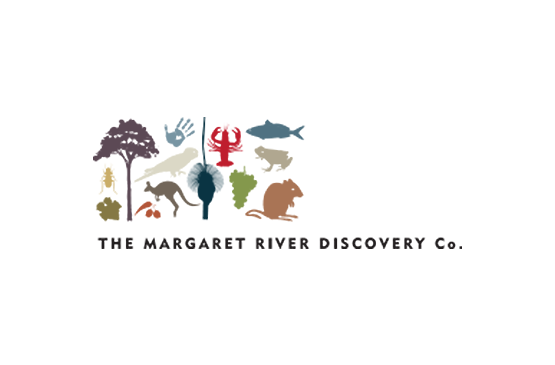Vintage has almost concluded and the southern sub-regions of the Margaret River are harvesting the last small blocks of red grapes in near perfect weather conditions. This has been a very interesting vintage with regard to assessing fruit ripeness and harvest dates and the early indication from most winemakers spoken to recently is that they are seeing excellent results in red wines post fermentation. The free colour expression, softer tannin structure and depth of fruit freshness are indicative to wines that will present well in youth but should also respond well to bottle ageing.
There a few vineyards locally that have selected small areas of white grapes that are destined for late harvest and desert style wines. These wines are usually risky to make and generally the weather will influence the success of producing a wine that has superior sweetness and character. If fortunate some “Noble rot” may also be present and add to the quality of “sticky” wines. The Botrytis cinerea fungal pathogen is required for Noble rot and it is this type of rot that imparts desirable flavour characters (tastes like apricot) and causes the skins of the berries to break down which then speeds up the process of dehydration and concentration. It is ironic that the diligent viticulturist will go to incredible lengths to protect the normal winemaking crop from Botrytis cinerea during the year and then at the end try to induce the Nobel rot by encouraging Botrytis cinerea into the fruit. These are the challenges that are sometimes bestowed on the grower and we hope that the end result will produce a special wine. The weather plays a big part in the success of producing a Noble wine, with Botrytis having to be present and preferring free moisture on the surface of the berry from rain or dew and a relative humidity greater than 90%, so warm weather above 25C helps with the humidity and then dehydration. My experience is that dewy mornings with fine calm afternoons are ideal and at times we have tried to replicate the dew events by applying water mist from our spray unit in the early hours of morning. When we have had great success with producing these wines, the infection has started at the end of normal vintage dates and then harvest has been as early as a fortnight later to produce excellent desert style wines. Unfortunately in the “not so good” years the fruit may hang until the end of May and then the decision maybe made to forgo harvest if the quality isn’t suitable. This week I have seen some excellent prospective Viognier, Semillon and Riesling fruit hanging out and succumbing to the Noble rot. If the weather remains fair, I would suggest that this could be one of the great years for desert wine production in Margaret River.
With many vineyards finished harvest, the attention now is turning towards restoring vine health by application of irrigation and nutrition. A trend now is to apply foliar nutrients in preference to fertigation (fertiliser applied through the drip irrigation) and to maintain irrigation scheduling until the winter rainfall occurs. The intention is to restore as much carbohydrate through the leaf photosynthesis function and to store this energy into the woody parts of the vine (including the root system) in preparation for dormancy. This practice results in better bud development and early season vine growth for the future growing year.
Once the break of the season occurs and adequate soil moisture is present, cover cropping programmes that are designed to improve mid-row soil health and to capture soil nutrients (that would be otherwise lost through winter rainfall leaching) will be sown. These crops can be made up of many different plant species depending on soil type and then the positive effect that each plant species will bring to the soil and environment. Importantly, we now recognise the soil is a living structure that responds well to good husbandry. Soil organic matter, earthworms and the right microbes are all important components to good soil health. When the cover crops are in and growing strongly the vineyard team can take a well earned holiday.
Contributed by Bruce Pearce

About Margaret River Discovery Tours
Sean Blocksidge is the owner operator of the Margaret River Discovery Company, an avid photographer, blogger and South West WA ambassador. In 2010 he won Western Australian Guide of the Year and his tours have been rated the #1 thing to do in Australia on the Tripadvisor website for the past two years.

